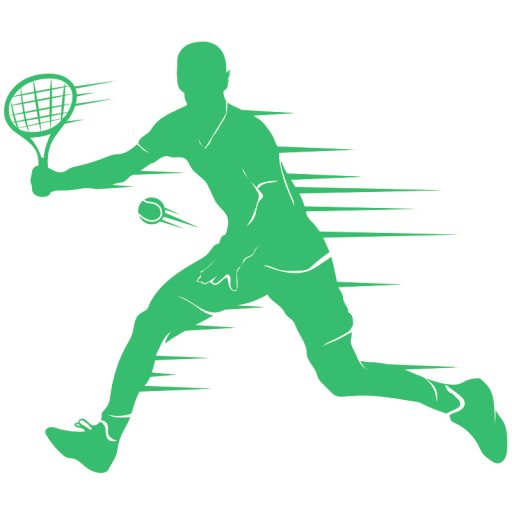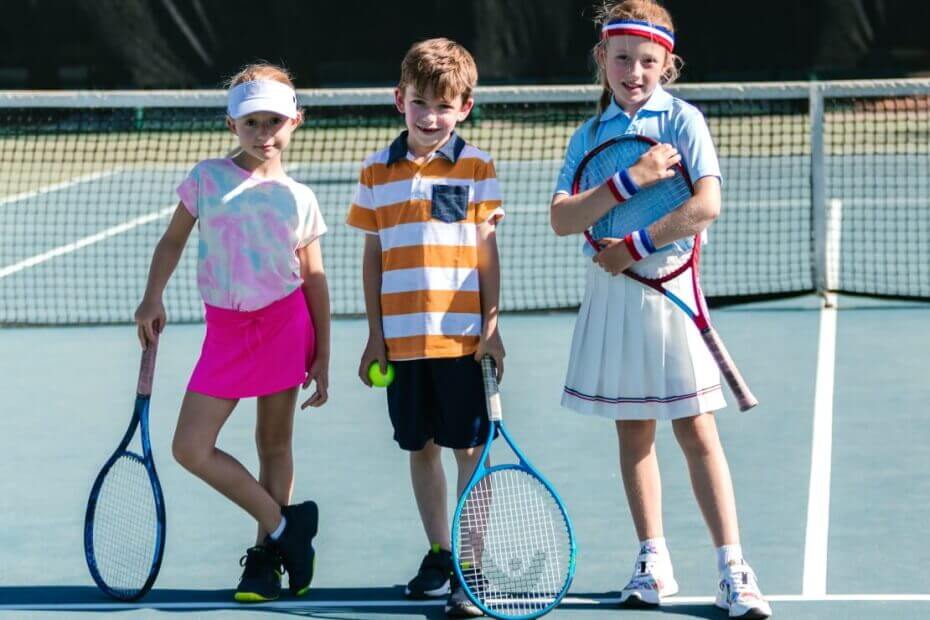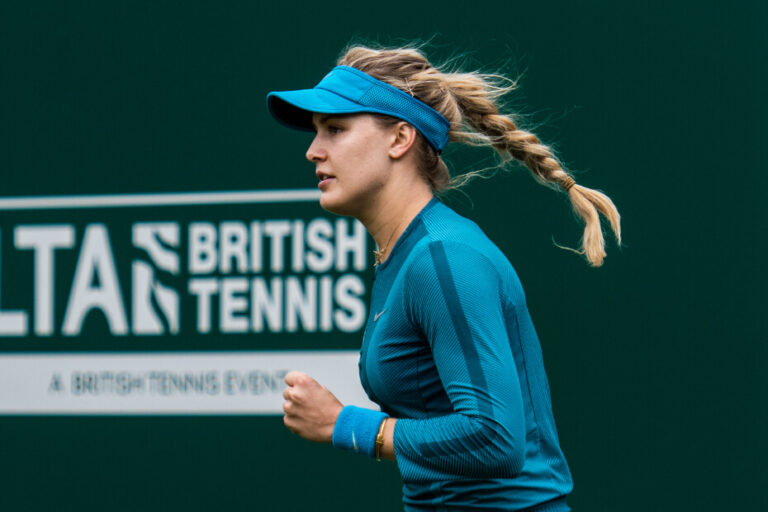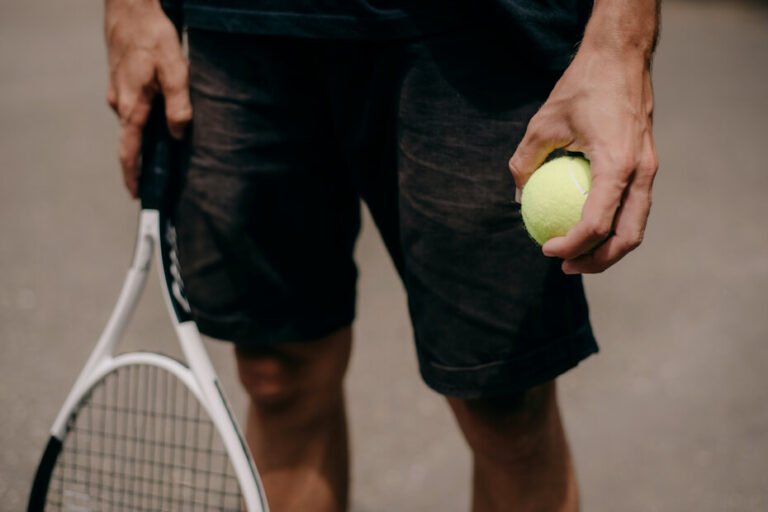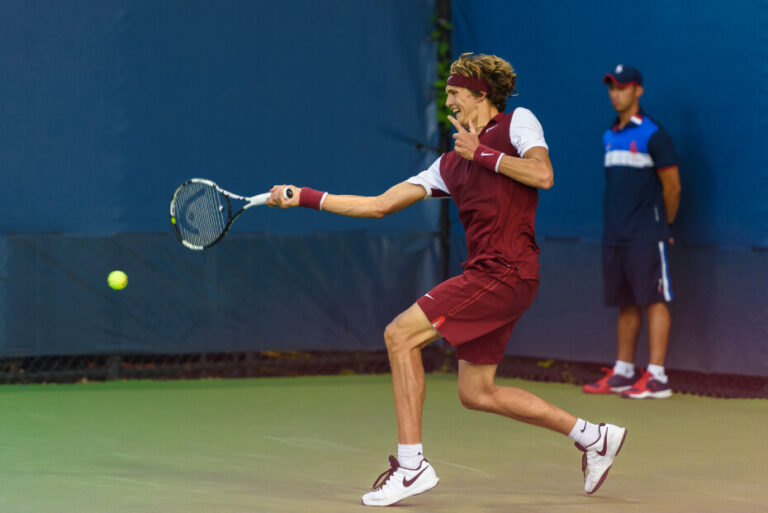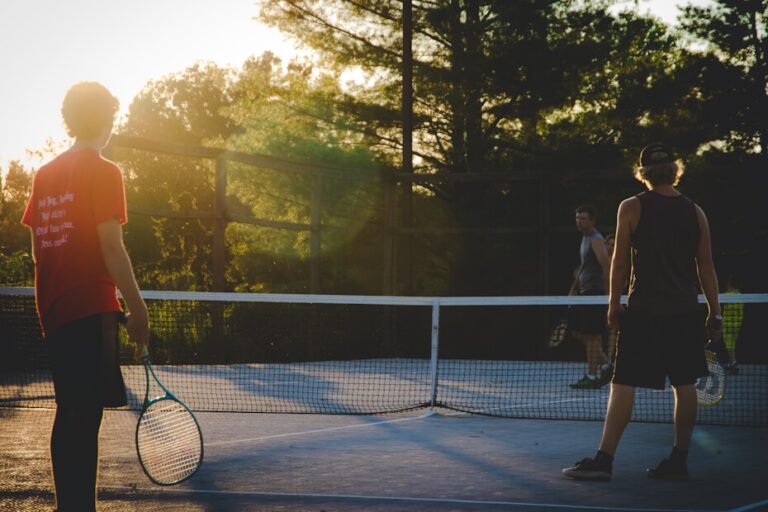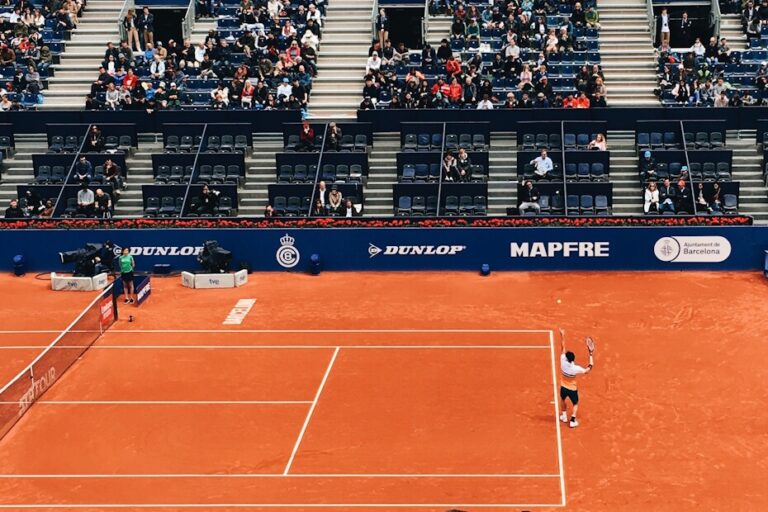Without a doubt, tennis is one of the most popular sports of today’s day and age. The sport has a huge fan base that includes people of different nationalities, gender, and age. As such, tennis, as a sport, attracts all sorts of people.
There are children out there that aspire to become top tennis players like Novak Djokovic, Rafael Nadal, Andy Murray, to name a few. If your child has expressed that they want to learn tennis, it is worth noting that age matters. Are you wondering why? Because tennis demands both mental and physical attention. If children are too young, then it becomes difficult to teach.
Like almost every sport, there is no exact or perfect age for a child to begin learning tennis. Every child has different capabilities, skills, and learning potentials. Therefore, by this simple logic, it goes without saying that abilities matter more rather than age. But if you are looking for a number (age), experts are divided on this matter.
The Right Age
If you search the web right now for the perfect age for children to start playing tennis, you’ll come across different opinions. However, the general opinion is that once a child is over four years old, they can start to learn and play tennis.
By this age, children are more receptive and open to understanding ideas and rules. Their bodies are also physically stronger. This helps them to hold the racquet. In simple words, they have better control over their movements.
There are also tennis coaches who are of the opinion that five to six years is the suitable age range for a child to begin learning the basics of tennis. Every great tennis player first started practicing and playing as a child. This means that children are capable of learning the sport.
Why Does Age Matter?
If you’re a parent, you’re probably wondering why age matters when it comes to learning tennis. The simple truth is, if children are too young, they cannot meet the physical and mental challenges that tennis demands from players.
We all know that for anything, the learning stage is the hardest. So, children need to be of a certain age so that they have an easier and more efficient time while learning. When children pass the age of four to five years, most experts believe this to be the ideal stage to start learning.
Tennis is Challenging
Age matters because tennis is a sport that requires players to master many techniques. Some are easy, while others can prove to be physically challenging. Beyond the physical demands, tennis also requires players to think quickly, understand commands and cues, and even form strategies.
You cannot see it, but when a match is going on, tennis players are constantly alert and formulating different tactics to beat their rivals. These mental tasks become possible and also easy only when children hit four or five years of age.
Better Understanding
When children are able to understand speech and language better, it becomes easier to communicate and relay information. Whether that is English or some other language, understanding speech is crucial. Although they can pick up a thing or two by sight, it is verbal communication that plays an important role while teaching.
So, a child needs to be at least four or five years of age as these are the ages when children start to understand speech. Not only that, by this age, children are also able to form sentences. This will make it easier for them to also raise questions which will make the learning more efficient.
Motor Functions
If you’ve ever watched a game of tennis live or through the television, you might’ve noticed how tasking it is. Players jump, run, and dash from one corner to the other. Jumping, dashing, running are all motor skills that a child begins to develop around four to six years, making it the perfect age to start learning.
How to Teach Tennis to a Child?
If your child is around four to six years and you’re starting to teach them the basics and the fundamentals of tennis, then there is a way to go about it. Of course, every coach, expert, or friend will offer different advice. But there are some common and useful suggestions you can definitely pay more attention to.
Don’t Kill The Fun
Even if you are a huge tennis fan and you’re over the moon with the fact that your child is starting to learn tennis, you should not try to dominate them when teaching. Approaching with a fun and light spirit is always a good idea when dealing with kids.
This does not mean you should not guide or supervise them. It just means that as parents or coaches, you should try and make the learning experience more relatable to a child. There is no need of pushing them too hard. Remember, at the end of the day, they are still children.
Whether you teach your child by yourself or you hire a coach, it’s always better to make training hours as fun as possible. If children start to feel overwhelmed, there’s a chance that their passion will vanish, and they might want to give up.
One Day at a Time
Children display different potentials and abilities. Some learn quicker than others. So, if your child is a slow learner, you need to be patient with them and take things slowly.
Do not rush straight away and teach them the different tennis grips. You should not jump steps. Remember to always start with the basics. This includes teaching and showing them the equipment up close.
Here’s a tip, you can start by showing them that the handle of a tennis racquet has eight edges, and these are called bevels. You can start by teaching them the easiest and the most basic grip first. This varies from person to person, so you need to ask your child which grip they feel the most comfortable with. Once you find it, stick to that grip for a while and work your way up from there.
Short Sessions are Ideal
It is a well-established fact that children have a shorter attention span than teenagers and adults. What does this have to do with tennis? Well, learning tennis requires training sessions. If these sessions are long, boring, and lack any fun, then there’s a great certainty that children will find it difficult to learn.
Keeping lessons short as well as simple helps children understand better and learn quicker. Moreover, shorter sessions also help children remember what they learned for longer periods.
Watch Out for Your Vocabulary
As adults, it is natural to cuss and even scream every now and then, especially when patience is put to the test. However, parents or coaches need to be mindful of what they say. Negative and foul comments will only discourage learning.
The chances of your child being more scared than excited drastically rise if you keep shouting at them when teaching. Instead, try to consciously use positive comments, even if you are critiquing them.
Technicalities Come Later
One of the most important things to remember when teaching a child how to play tennis is to not rush! If you are wondering how to teach your child to play tennis, then start by tackling the basics first.
There is no need of teaching them things such as counting scores, calling lines, or even volleying right from the start. These things can come later when they are more confident with their skills and tennis knowledge. Start simple. You can start by teaching them how to properly hold a racquet, where to stand, and how to keep an eye on the ball.
The Benefits of Playing Tennis for Children
If your child is starting to learn tennis, then there’s good news. Tennis offers tons of development benefits for children. If we were to name all, the list would just keep running. Here are some of the benefits worth noting.
Improves Physique
Just like any other sport that engages the body, playing tennis can improve the physique of a child. If they start from an early age, they’ll grow up to become fit teenagers and healthy adults if they don’t quit.
Tennis engages many different muscles in the body, starting from the ones in the shoulder, pecs, calves, hips, and arms. By starting from an early age, they’ll get to develop all these muscles. Moreover, it can also improve stamina, endurance, and resistance.
Mental Agility
One thing that people don’t get to see with their eyes is the amount of mental focus that goes into playing tennis. If you think tennis is hard on the body, think again! The mind is also equally involved. Players need to know which grips to use, which shots to give, and where to anticipate the ball. All these require quick thinking.
The more a child plays, the more they exercise their brain. This will make it easy for them to adopt different strategies as they age without having to think twice. As they grow up, forming new plans and approaches will become second nature to them. And this will all be possible only if they start learning and playing young.
Coordination
Tennis teaches kids several things, one of the most important being coordination. Tennis requires the hands, eyes, and legs to coordinate. Players need to see the ball, predict where it will come, aim the racquets, and move with their legs.
With practice, this improves greatly. And naturally, starting to play when they are still kids gives more years of practice and experience. Furthermore, if children learn to play with a partner, it also allows them to adjust better in teamwork environments.
Conclusion
If you have children who aspire to learn tennis and one day become a professional, then starting young is not a bad idea. In fact, your child will gain several indispensable benefits that will last with them for years to come.
Tennis is a wonderful sport that anyone can take up, provided they are willing to learn. It requires time, effort, and lots of patience from the learner as well as the ones teaching. But, you won’t regret allowing your child to learn tennis. If your child is well over four years of age and wants to learn tennis, what are you waiting for? Go pick up a racquet today and help them learn.
